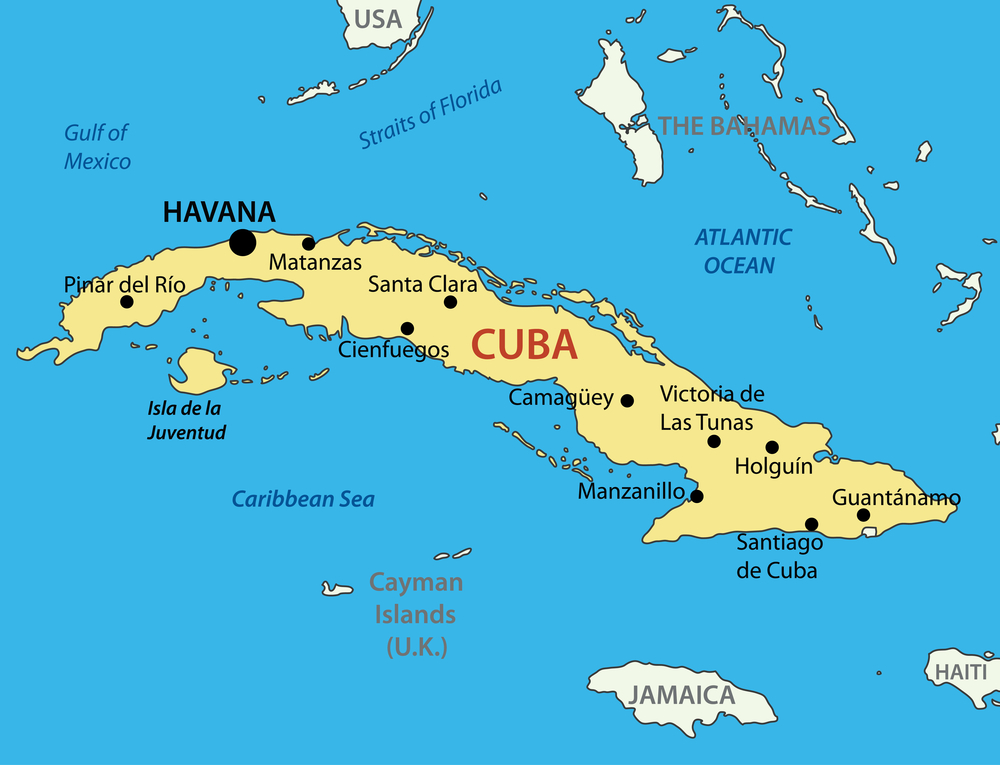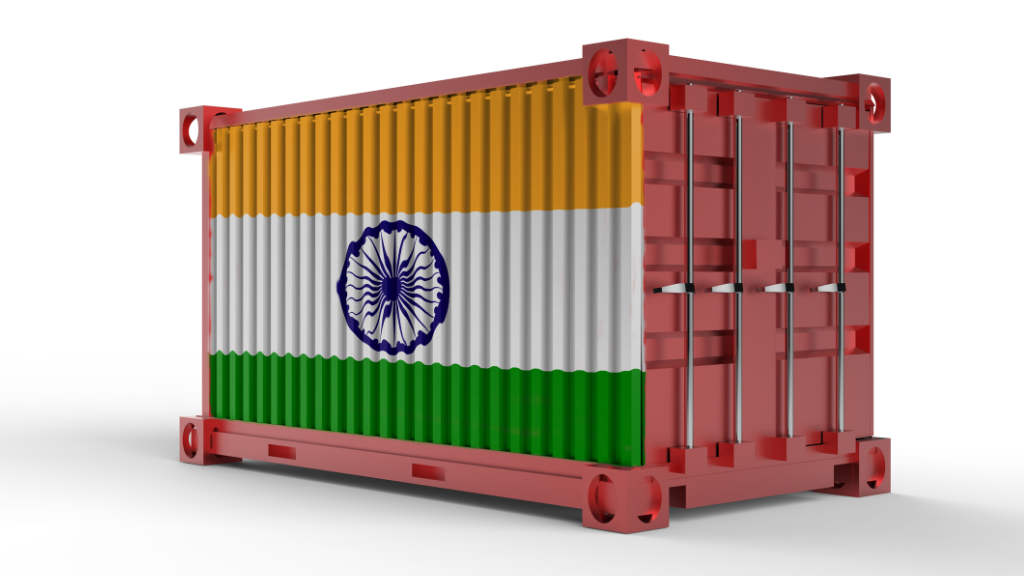
The Cuban Foreign Minister, Bruno Rodríguez Parrilla has held discussions with Russian Foreign Minister Sergey Lavrov concerning the development of trade ties in St. Petersburg. The meetings have been held at the same time that a small fleet of Russian warships and support craft have arrived in Havana. Lavrov had visited Cuba in February this year amongst a flurry of diplomatic and trade activity between the two countries.
During the St. Petersburg meeting the two sides exchanged opinions on global and regional agenda, as well as building up cooperation between Moscow and Havana in politics, trade and economy, investment, and cultural and humanitarian areas. In his opening address, the Russian minister called the coordination of foreign-policy activities between two countries “exemplary”. Lavrov emphasized that the parties actively participate in major events on economic, political and security cooperation.
“High-level Cuban delegations have confirmed their participation in a number of other events that have or will take place in the upcoming months, including the Moscow Conference on International Security, St. Petersburg International Legal Forum, St. Petersburg International Economic Forum and other events” Lavrov stated.
A Cuban Cultural Park Real Estate Development In Havana
A notable joint real estate development project is a proposed Urban Park to be created in Havana, based upon Moscow’s Zaryadye Park, according to Nikita Stasishin, the Russian Deputy Construction Minister. He said that “We are now working out with our Cuban colleagues, so that our investors build a similar area to Moscow’s Zaryadye Park, but in Havana. We offered to Cuba constructing a park that will become a jewel of Havana.”

Moscow companies immediately involved in construction of the Zaryadye park can be investors, the Stasishin noted. It is expected that the park in Cuba will be smaller but include local flair. The project can be realized within three years after determining the source and the mechanism of funding, Stasishin added.
Zaryadye Park is an open-air museum, where the exhibits reflect the full spectrum of Russian architecture from the 16th to 20th centuries: a life-size exhibition against a green backdrop. It was the first public park to be built in fifty years and has proved highly popular since opening in 2013.
Russia – Cuba 2024 Bilateral Trade Development
Russia actively participates as a strategic partner for Cuba, financing prioritized projects for Cuban National Development and has linked these investments to Cuba’s 2030 Economic and Social Development Plan in various Cuban sectors, including energy, the bilateral agenda consolidates exchanges and contacts for the advancement of joint projects.
These include the construction of four 200-megawatt thermoelectric blocks, three at the Ernesto Guevara thermoelectric plant in Santa Cruz del Norte and one at the Máximo Gómez plant in Mariel Port as part of the Russian-Cuban cooperation, in addition to the Zarubezhneft project aimed at increasing extraction in the Boca de Jaruco deposits, in the northwest of Cuba.
In infrastructure, Russia has been upgrading Cuba’s national railway system. Russia is developing as one of Cuba’s main trading partners, rising to fifth position in 2021, backed by a 93% increase in trade compared to 2020. Energy will be a large part of future development, to lift Cuba to a large degree of self-sufficiency.
Speaking at the 2023 Russian-Cuban Intergovernmental Commission for Trade, Economic, Scientific and Technological Cooperation, Russian Deputy Prime Minister Dmitry Chernyshenko and Cuban Deputy Prime Minister Ricardo Cabrisas, attention was paid to this with Chernyshenko stating that “Energy is a key sphere of bilateral cooperation. Joint projects, including efforts to boost oil production at the Boca de Jaruco field, will help reduce Cuba’s dependence on oil and petroleum products imports.”
Chernyshenko said that additional projects to modernize a metallurgical plant and to deliver locomotives, vehicles, and other equipment are being developed as part of industrial cooperation.
Direct charter flights between Russia and Cuba resumed in late 2022, and these have been successful with Russian tourists. Chernyshenko said “We consider it important to develop mutually beneficial cooperation in healthcare and to strengthen Russian-Cuban interaction in IT. I am sure that meetings like this one will facilitate expanding sectoral cooperation between our countries and bring it to a new level.”
This was echoed by Cuba’s Minister of Tourism Juan Carlos Garcia Granda, who has stated in March 2024 that “We have seen a growth in tourist flows year-on-year of 208% for January and February 2024 compared with the same period in 2023. We understand that 200,000 to 250,000 Russian tourists is not a very significant figure for Russia, but it is a large number for our country. We wish to grow tourist traffic from Russia to 500,000 in the coming years.” Granda also announced plans to add direct flights from St.Petersburg to Havana commencing later in 2024.
The two countries cooperate in agriculture, in particular, on deliveries of food-grade wheat. Agricultural products traditionally rank at the top of Russian imports from Cuba. Agroindustrial products make up over 60 percent of Russian exports. Russia is also looking for maintenance contracts to help rebuild and repair some of Cuba’s Soviet-era infrastructure.
There is a lot of Soviet and Russian-made civilian equipment in Cuba, including infrastructure facilities previously built with Moscow’s assistance. Contracts for the maintenance of that equipment and infrastructure are also of interest to Russia.
The countries have de-dollarized their trade, while Cuba is accepting Russian MIR payment cards to facilitate tourism. Increasing numbers of Russian tourists are visiting now that direct flights have begun operating and European and US destinations are now off-limits to Russian travelers, who due to sanctions, are unable to use US and EU-issued bank cards.
Other developments indicating bilateral trade will show substantial future improvement are that Cuba has joined the Eurasian Economic Union as an Observer nation – a status that will allow it access to other EAEU member states and ultimately, sign off a Free Trade Agreement.
The EAEU is also discussing the establishment of a Special Economic Zone at Mariel Port. This will be attractive to Russian and Cuban manufacturers looking to export to other LatAm markets.
Bilateral trade figures are relatively small between the two countries at about US$250 million per annum, with 80% of that in Russia’s favour. Typical Russian products exported to Cuba include transport and power equipment, while Cuba exports sugar products, fruits, and rum.
Given the development of Russian investment into Cuba, the increase in tourism, and export trade development, it can be expected that Russian investments into real estate and support businesses for Russians in Cuba will begin to accelerate.
Cuba’s 2023 GDP growth rate was 1.8%. The country is a member of the ALBA trade bloc, which also includes Venezuela, Dominica, Antigua & Barbuda, Saint Vincent & the Grenadines, Granada, and Saint Kitts & Nevis. It makes Cuba an influential player in the Caribbean.
According to Russia’s Foreign Minister Sergey Lavrov, the legal framework for trade and economic cooperation between Russia and Cuba has been “significantly strengthened and supplemented”, including the creation of conditions for Russian investors to invest more actively in the Cuban economy. Russia continues to export fuel to Cuba while the two sides are discussing involvement in BRICS.
Further Reading
Russia – Latin America 2024 Trade & Development
Our 2024 Russia’s Pivot To Asia Guide features comprehensive discussions on Russia’s relationship with numerous LatAm nations, including Argentina, Brazil, Bolivia, Chile, Cuba, Ecuador, Mexico, Nicaragua and Venezuela. We also comprehensively discuss the development of the BRICS. It is a complimentary download and can be accessed in English here and Russian here.




